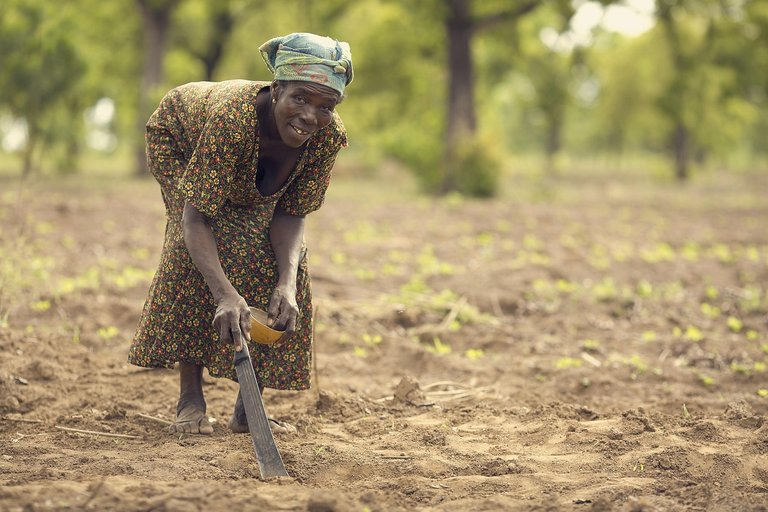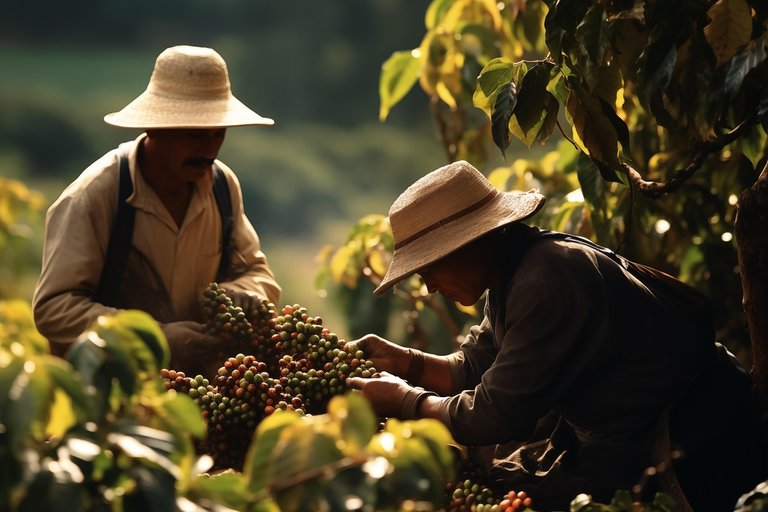Women's Potential in Family Economic Development |
So, the division of labor can be said to be part of the culture of the Gayo farming community. However, it is undeniable that there are a few households that experience conflict as a result of the division of labor. Quarrels usually occur because of the inequality in the distribution of agricultural products (money).
The work spirit of female farmers usually decreases when faced with this problem. Interestingly, this conflict will not drag on. Gayo farming families already have effective tools to bring about consensus for themselves. Deliberation after deliberation will certainly lead to a resolution of the case.
In Indonesia, the major theme of gender discussion in the agricultural sector is still closely related to the inequality of the division of labor, unclear work status, excessive burdens, the quantitative and qualitative inequality of women's and men's participation in various agricultural development activities, and access to and control of resources.
Although the existence of women in the agricultural sector is often marginalized due to patriarchal culture, it must be recognized that women's potential in agricultural development is very strategic. Their contribution to the agricultural sector has been able to play a role in maintaining domestic food sovereignty.
However, on the other hand, the frequent absence of female farmers in agricultural development programs is a reflection of injustice and inequality between men and women in Indonesia. In fact, almost the entire agricultural process itself is carried out by women, from seed preparation, planting and maintenance, even to harvest time.
Therefore, the potential of women in agricultural development and food security is very strategic. Women's work is seen as secondary work that only "supports" men. So that it can create a double challenge for women to get jobs and social recognition for the work they get (Martínez, 2016).
In fact, women have significant potential in agricultural development and the role of women in the agricultural sector is often marginalized by the patriarchal culture that develops in society which results in a gender division of labor in agriculture, differences in working hours, and wage disparities (Priminingtyas, 2013).
Gender treatises often reveal a perspective on women's real work that is oriented towards mothers (read: housework) so that other work they do is only complementary or secondary. Not only that, the series of birth processes starting from pregnancy, childbirth, breastfeeding, to raising children are considered more important than working (Mosse, 1996).
The attachment of most household matters to women makes it difficult for them to leave the domestic arena to enter the public arena. Mainstreaming women to be actively involved in the public arena through various means is a necessity. In the context of agriculture, the presence of technology does facilitate the production process.
However, the technology introduced and applied in the work system is only inclined to support male productivity. Likewise, the design of a work system that is relatively unsupportive of women's traditional economic activities can be carried out simultaneously with domestic sector activities.
As a result, women seek adjustments to enter the public sector by participating as industrial workers. And in the public sector, they also have to experience poor working conditions, are considered to have low productivity, so they only get low wages (Esterik, 1996; Putranti, 2004).[]

